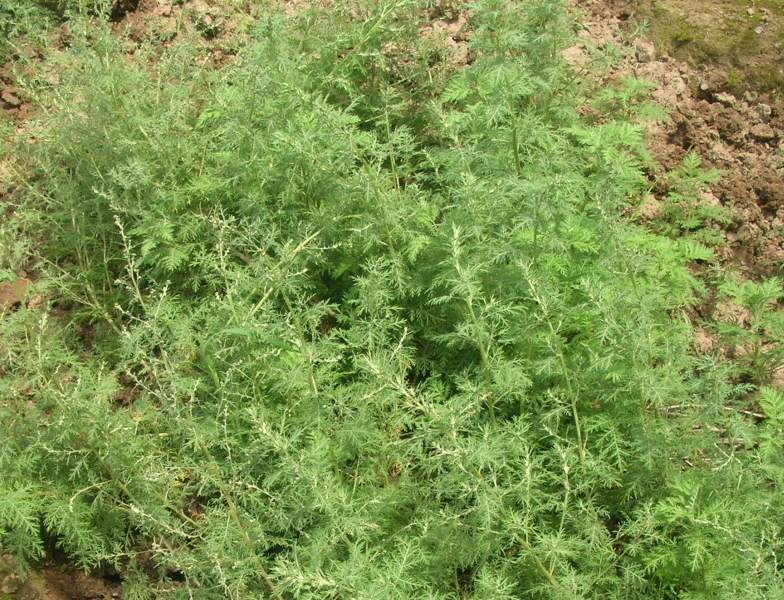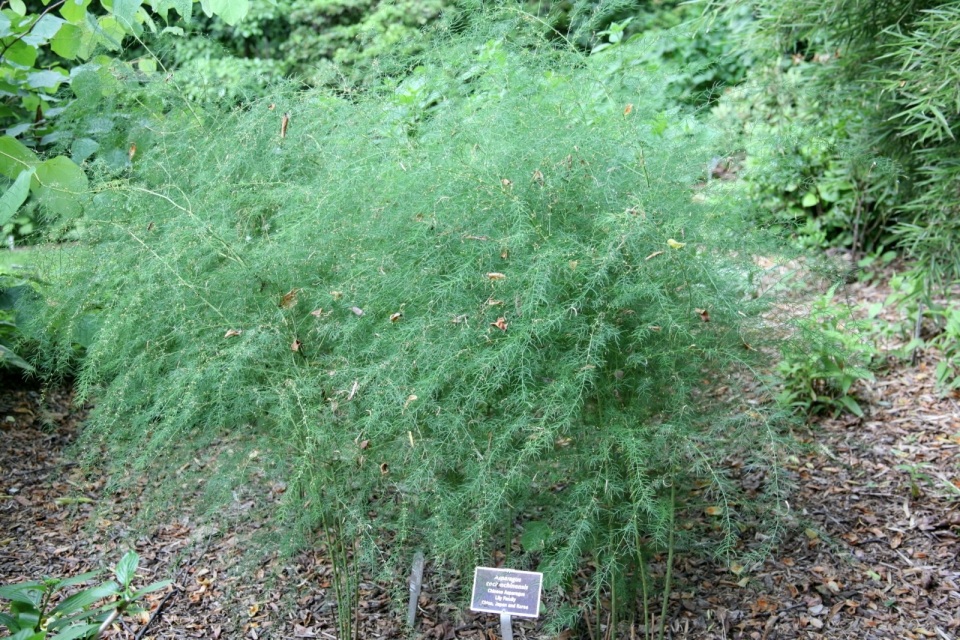This is a climbing perennial plant, which has the structural characteristics
of pale green stalks, sickle-shaped leaves, pale green axillary flowers, red fruits,
and the branches angular or narrowly winged. It usually grows on slopes, roadsides,
underwoods, valleys, or wastelands, below 1750 m. The tubers are spindle shaped,
fleshy, translucent, of a reddish or yellowish color, and varying from 50-75 mm
in length. Some are much older and more woody in structure. They are flattened,
contorted, furrowed longitudinally.
[1] A Complete
English Dictionary of Medicinal Terms in Chinese Acupuncture and Herbalism 1981-
Henry Lu Chinese Foundations of Natural Health- The Academy of Oriental Heritage,
Vancouver, Canada.
[2] Chinese Medicinal Herbs- Beatrice Bliss (1973) Compiled by Li Shi- Chen.
Translated and Researched by F. Porter Smith and G. A. Stuart. Geogetown Press,
San FranciscoISBN 0 914558005
Images
1.
dehlvi.com
2.
herbganic.co.uk
3.
tropical.theferns.info
by
Cliff CC BY 2.0 DEED
 Asparagus
cochinchinensis, A. lucidus
天 门
冬 Tiān mén dōng-
"Lush aerial winter"
Chinese asparagus
Asparagus
cochinchinensis, A. lucidus
天 门
冬 Tiān mén dōng-
"Lush aerial winter"
Chinese asparagus

